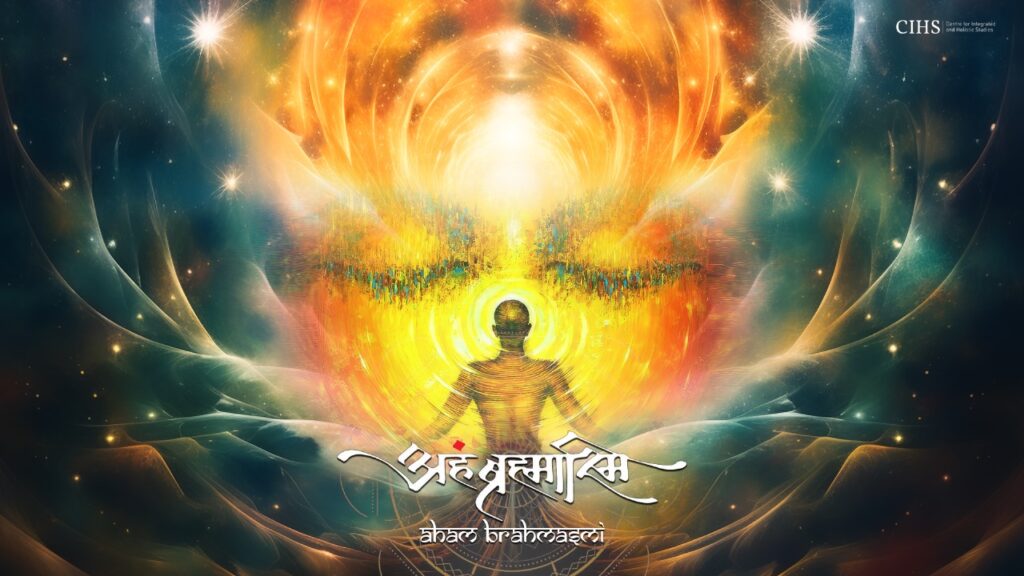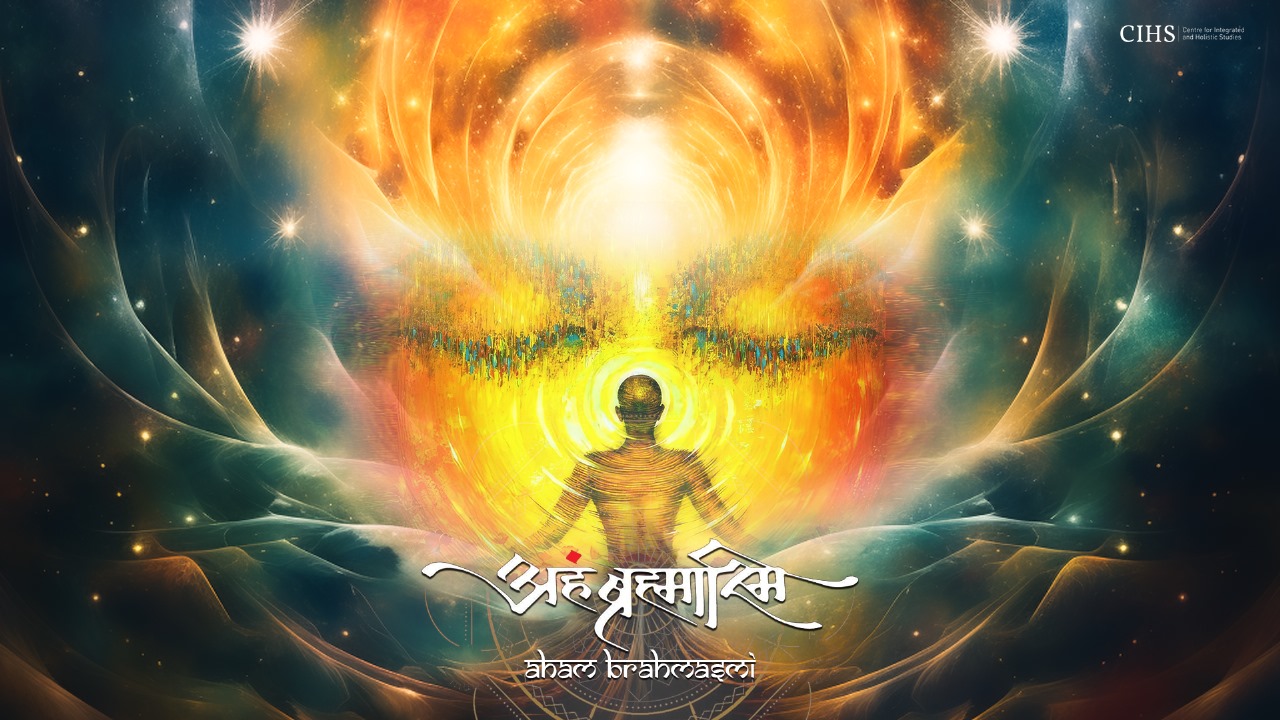
Sanatan Dharma is a Way of Life
Where are the limits to this culture of ‘Aham Brahmasmi’, exhilarating mode of realised, liberated being
Oopalee Operajita
Rahul Gandhi’s recent article on Hinduism/Sanatan Dharma (“Satyam Shivam Sundaram”, Indian Express, October 1) is, tragically, largely based on fear. In the first paragraph alone he uses “fear” and “frightening” multiple times.

Why would anyone want to spend their lives recoiling in fear? A sense of overriding fear destroys everything else. The piece is obviously aimed at a certain enclave and by being circumlocutory and agenda driven and hence, Gandhi loses sight of the central tenet of his own essay.
As a little girl in Rishi Valley School, the first — and most important — lesson I received from our founder J Krishnamurti’s teaching, was the importance of freedom from fear. I recall the very moment he spoke to us, in our small auditorium, about fearing the idea of a snake more than the snake itself. I was seven: It was a transformational moment in my life.
Shashi Tharoor sends this article up on Twitter / X, gushing about its ocean imagery as if it is something novel, whereas, the ocean and water are dominant metaphors in ancient dharmic texts. The Taittiriya Upanishad, for example, describes the relation of five koshas (sheaths, in humankind) to water. The “Aquatic Absolute” (inspired by Vedanta), runs much later through Rabindranath Tagore’s writings as well.
Tharoor also says on Twitter / X that there’s “nothing new to say in Hinduism” — a surprising statement, especially emanating from him — which is both meshuga and lacking in veracity. I read from the Upanishads, the Vedas, the Valmiki Ramayana, and the Puranas, almost each day — and the limitless wealth in them is as vast as the universe.
It is ironic that Rahul Gandhi comes up with this article when he has been conspicuously silent these many weeks, as his party’s coalition partners have mutilated the Sanatan Dharma, without remotely understanding it. Mum has been his deafening word. Some duplicitous leaders have ferociously attacked the Sanatan Dharma, both in India and, reprehensibly, on foreign shores, on many occasions, for the sake of appeasement — the hypocrisy is galling, but predictable.
What’s driving Gandhi’s current janeudhari agenda? And would it be conflated with the forthcoming state elections?
Sanatan Dharma is certainly a culture, an unbroken civilisational reality, and richly felt experience; because a culture is a way of life, a cultivation of the treasured self, and larger than any set of religious prescriptions. For millennia, this dharma has valorised the knowledge of the self (the atman), which the great sage Yajnavalkya views as identical to Brahman, or consciousness.
We don’t swim in the oceans and, concomitantly, fear sinking — we swim to merge with the ocean, let our spirits sing, and set ourselves free. Rivers are, as individual souls (atman), merging into the supreme soul of the ocean of the immortal Brahman, (Mundaka Upanishad 3.2.8). Brahman has also been defined as “the creative principle which lies within the whole universe”. What’s to fear in that? And where are the limits to this culture — this exhilarating mode of realised, liberated Being (Aham Brahmasmi)?
Nobody owns the Sanatan Dharma; but it has an ancient history, astounding intellectual rigour and richness, and a land of origin. It repeatedly alludes to the many, equally valid, paths to the Truth. But, kudos and gratitude to those who use their goodness and understanding to prevent it from being mauled by frequent, feral attacks from troglodytes.
I recall a passage from an Upanishad: Tatha vidvan namah-rupad vimuktaha/Parat-param purusham upaiti divyam [The knower of Brahman casts aside all names and forms, and attains to the Supreme Being (Energy)], which is above all conceivable divinities in the cosmos. Thus, the Supreme Being becomes our whole.
(Author has been a distinguished fellow at Carnegie Mellon University since 1990. She is a global advisor on public policy, communication, and international relations. This write up first appeared in The Indian Express)

